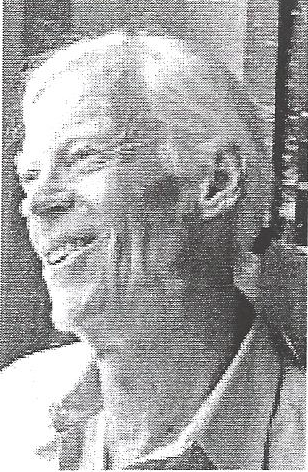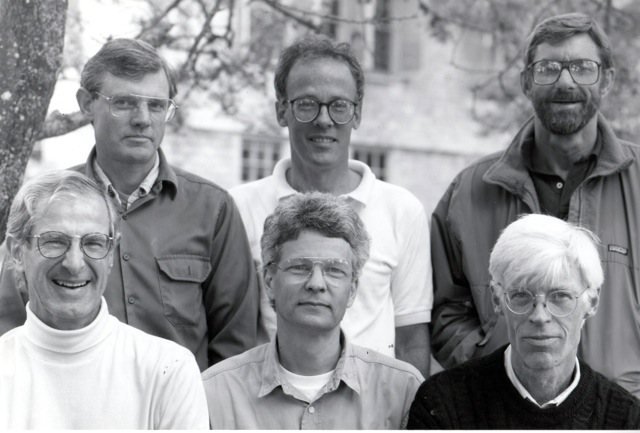In Memoriam
Richard French Harrah

Richard Harrah
Richard Harrah received his degree in 1964, but his social class was 1963.
Dick Harrah died May 12 after a 21 month fight against cancer, at his home in the Santa Cruz mountains where he had been living for around 40 years. Dick’s first wife, Sara, died in 1999. He married Laurie Corn in May 2014. She survives him as well as his two daughters, Torun Harrah and Anna Carr, Anna’s husband and their three children, Roman, Simone, and Holden; Dick’s brother, David, and his sister, Deborah Murdoch.
Dick’s roommates at Yale included, over 4 years, Sandy Noyes, Chris Herbert, Jim Kelley, Jim Aspin, John Benton, and Basil Cox. He would have graduated in 1963 but under financial duress had to take his senior year off to work various construction jobs in New York City and San Francisco, earning the tuition to graduate in 1964.
Dick arrived at Yale from Toledo a prepster, just like most of us, but it quickly became evident that he was going to carve out a life that would be unlike most of us. For a while it seemed as if Jack Kerouac and Neal Cassidy would be the model as Dick hitch-hiked all over the country, soaking up Blues, Jazz, architecture, pot and women. Sometime in 1964 the roommates all gathered together at a lakeside cabin in Norfolk CT, where he regaled us with the pleasures of getting stoned, the first time I had heard of anybody actually smoking pot. Then he started to grow roots in California, getting a Master’s Degree at SF State, living in San Francisco, teaching at a few places in Northern California. He married Sara Malone in 1968 at an epic “Summer of Love” wedding on Mt. Tamalpais, guests all in costume, reception on the beach, air heavy with weed. Next came a few years at “Chicken Hill,” a commune in the Santa Cruz Mountains. Then he set more roots by building his house out of two double-wides, set on a beautiful rise just around the corner from the commune, and started out on his life’s work of raising a family and educating kids who in various ways had made it clear that they did not want to be educated.
If the New Yorker had done a profile of Dick, I believe he would have been instantly famous and might have had a major influence on education in America. In an email to Sandy Noyes last year, Dick wrote:
“I think of a passion as a kind of calling, a voca. What we do with that calling is up to us. Either we try to ignore it or repress it, which can be disastrous to the health of our souls, or we can accept it and work with it. I think where people get screwed up with their passions is when they simply take them at face value and try to act them out -- all unaware, all unconsciously. Your passion is your art, assuming you nurture it and refine it and try to understand why you've been given this difficult gift. Passions are a bit like dreams. They speak the language of metaphor. They need to be understood and interpreted to be correctly birthed into this more literal world.
So I believe in accepting those passions I experience, but not naive acceptance. First acceptance (which can sometimes be a pretty depressing experience), then some kind of pact with the passion so that your and its shadow side doesn't run rampant, and finally an alchemical refining of the passion to distill it to the beauty implied in its essence. That's what I'm after.“

This is a picture of most of the roommates taken in 1992 (courtesy of Laurie Corn Harrah, Dick's wife).
Front row left to right: Jim Kelley, Chris Herbert, Dick Harrah
Back row left to right: Sandy Noyes, Basil Cox, John Benton
Jim Aspin was not there.

